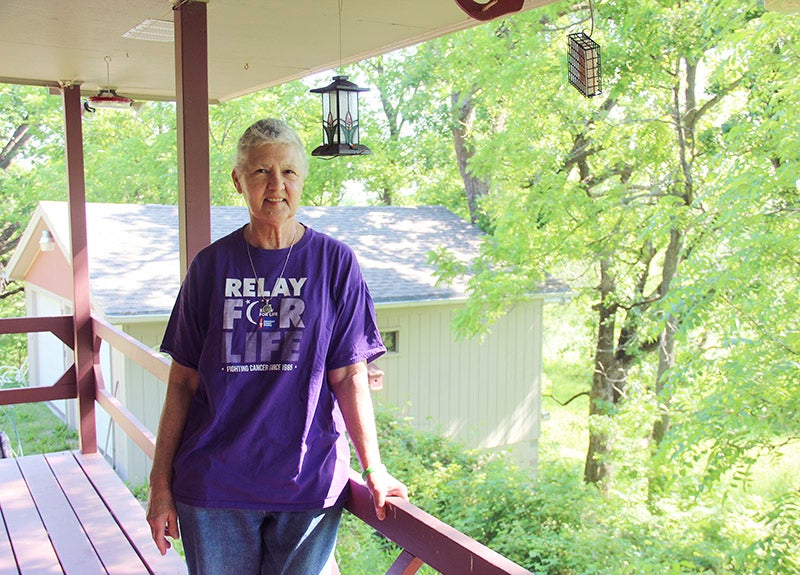Medical center maintains trauma status
Published 10:30 am Thursday, July 10, 2014
Mayo Clinic Health System in Albert Lea in June maintained its status as a Level IV trauma center after being redesignated by the Minnesota Department of Health.
Joy Shaft, emergency department nurse manager and trauma program coordinator for Mayo Clinic Health System in Albert Lea, said the medical center was first designated as a Level IV trauma center in 2011.
There are four levels of trauma designations in Minnesota, ranging from Level I to Level IV with Level I being the highest level. Level IV provides high-level trauma care and has a 24-hour emergency department and lab service.
The closest Level I trauma center is the Mayo Clinic St. Mary’s campus in Rochester. Level I trauma centers have 24-hour general surgeons, neurosurgeons, anesthesiologists and orthopedic surgeons.
Level IV trauma centers, like Mayo Clinic Health System in Albert Lea, can usually handle what is known as yellow trauma. Yellow trauma includes two or more long bone fractures, death of a restrained passenger in same vehicle, ejection from motorized vehicle, a fall of over 20 feet and suspected brain injury, among other things.
“It’s a lot more than motor vehicle accidents,” Shaft said.
The other type of trauma is red trauma, and red trauma patients trauma, and red trauma patients must be transported to a Level I trauma center. First responders, state patrol and Gold Cross ambulance all have the ability to auto-launch an air ambulance helicopter to transport victims, but in the case of inclement weather, patients must be transported by land.
Examples of red trauma are threatened or compromised airways, suspected spinal cord injury and high-voltage electrocution including lightning strike victims and amputation.
Patients who have yellow trauma can usually be taken care of in Albert Lea and can be discharged from the emergency department. Red trauma patients can be brought to the medical center to be stabilized before going off to Rochester’s trauma center.
Shaft said the Minnesota Department of Health visits all of the trauma centers in the state every two years to assess improvement and services. She said the department is always aiming for improvement, so they look at things like if appropriate care and timely transfer to a Level I center was given.
Even though the Minnesota Department of Health only comes every two years, Shaft said she checks on trauma program improvement every day. She investigates any concerns and brings these concerns to monthly trauma program meetings.
She also coordinates with Dr. Don Smith, a general surgeon at Mayo Clinic Health System Albert Lea. He is also the trauma service manager. She can tell him about issues, and he can take them to his colleagues.
Shaft said a big part of the trauma program is to reduce trauma by prevention. She mentioned that wearing helmets when riding a bike or motorcycle and reducing distracted driving — like texting, calling, eating or messing with the radio — can help reduce the chance of traumatic accidents.
She said that in July, a common case that she sees in the hospital is fireworks-related burns and injuries — injuries that could have been prevented.
The Minnesota Department of Health’s goal is to have most hospitals in the state designated as some kind of trauma site, Shaft said. On the trauma system website it said that participation in the program was voluntary, but out of 136 hospitals in the state, 131 are designated as a trauma center or in the process of being designated.





